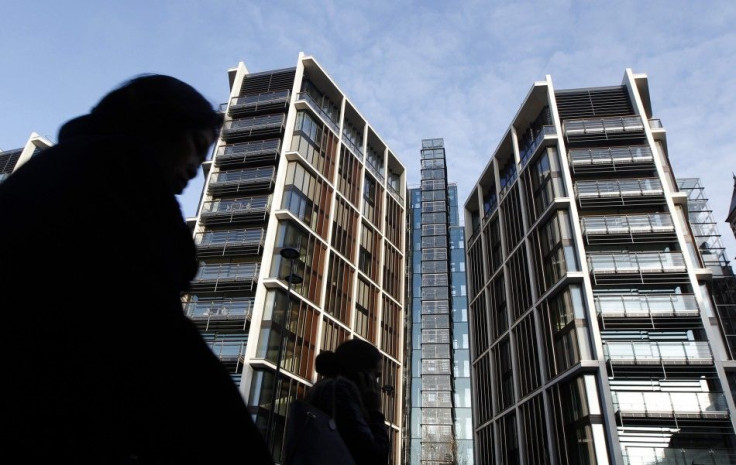Rich seek super-sized luxury London pads

London developers are shifting their focus toward super-sized luxury flats to keep pace with the growing wealth of overseas buyers seeking a safe haven for their cash, charging them up to 70 percent more for the privilege.
As the level of wealth among the very rich increases, they are rewriting the 'pied-a-terre' rules. Although their London buy might be a second or third home, they now expect it to have the same size, specification and services as their domicile property, said Rupert Dawes, a partner at international property consultant Knight Frank.
Berkeley Group is building flats of up to 4,000 square feet, about the size of one and a half tennis courts, that can be knocked together for buyers wanting an extra-large home. The development, called Ebury Square in the upmarket district of Belgravia is due to come on sale this summer.
The top end of the London real estate sector is seeing a new appetite for super-sized floorplates in new apartments, said Paul Vallone, managing director of Berkeley Urban Renaissance.
International purchasers accustomed to large riads or dachas are now expecting their London property to be as spacious as possible.
The London property market's appeal as a liquid and transparent investment in a relatively stable political and fiscal environment has attracted a wave of overseas buyers during the global financial crisis.
The typical size of a large flat in a luxury development grew from 3,000 square feet in 2000 to 5,000 square feet in 2007 and increasing numbers of wealthy buyers are now hunting for 6,000 square feet properties Knight Frank said.
Nick Candy, chief executive of Candy and Candy, the development manager for London's luxury One Hyde Park scheme that completed a year ago, where the most expensive flat sold for 136 million pounds ($209 million), said his company was the first to plug the gap in the London market.
The largest flat in One Hyde Park is circa 30,000 square feet which is like a stately home in the sky, he said.
That could be topped by plans for the former site of the In and Out naval and military club on Piccadilly that may include an estimated 50,000 square-foot residence, about the size of 100 average one-bed flats, with a possible price tag of 250 million pounds. Architect Paul Davis + Partners began working on the scheme last year.
20 Grosvenor Square in Mayfair is the former site of the U.S. Naval Club being developed by a consortium headed by Richard Caring, the clothing tycoon who owns upmarket London restaurants including The Ivy and Scott's.
In November, plans were approved to cut the number of flats from 41 to 31 and boost the total floor space by 7 percent to about 150,000 square feet to meet demand for huge floor areas, said Jane Wagner, director of Waltonwagner, the scheme's development manager.
Tastes have got less 'blingy' over the years and buyers increasingly look for large flexible spaces, she said. Many Russians and Arabs want large reception rooms to hold business functions or cocktail parties or for conversion into gyms.
Buyers will pay a premium of up to 70 percent for super-sized apartments depending on the scheme, said Ziad Salem, founder of luxury property specialist Byblos Property, citing the case of the 199 Knightsbridge development in London.
It has a handful of flats between 5,000 and 7,000 square feet but you will pay 5,000 to 6,000 pounds per foot compared to between 3,500 and 4,000 pounds for the smaller units because you get more space. It was typical of premiums elsewhere, he said.
Developers are finding it difficult to meet demand because many properties in London's most sought-after areas have historical value and are protected against demolition or alteration, Salem said.
Developers are only starting to catch up with demand because finding sites is so difficult. I get phone calls every day from Russian and Arab clients looking for large flats with high ceilings. I have to tell them to be patient.
Other buyers are trying to beat developers at their own game by acquiring blocks in need of conversion directly, said Wagner. ($1 = 0.6513 British pounds)
© Copyright Thomson Reuters 2024. All rights reserved.











